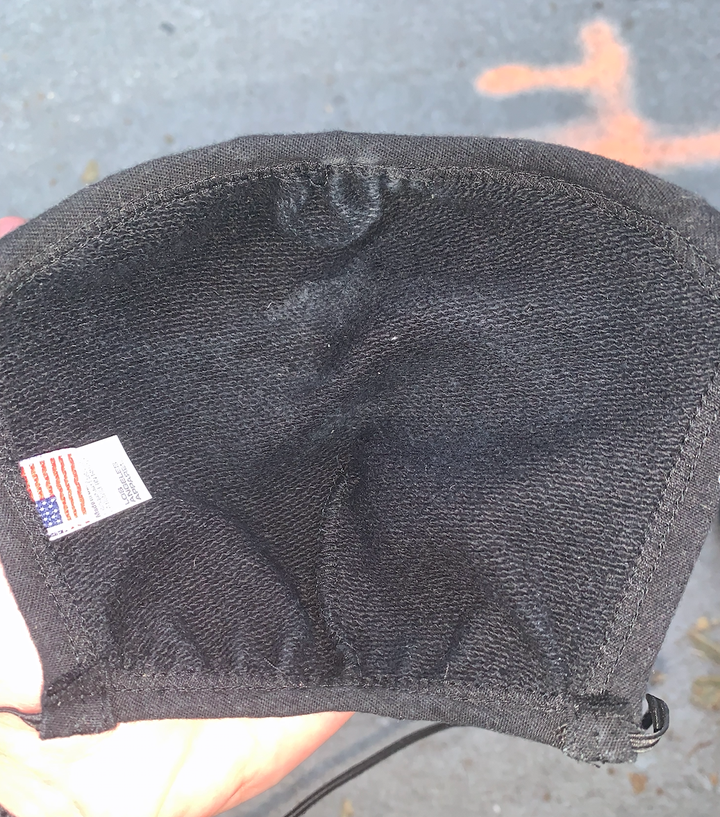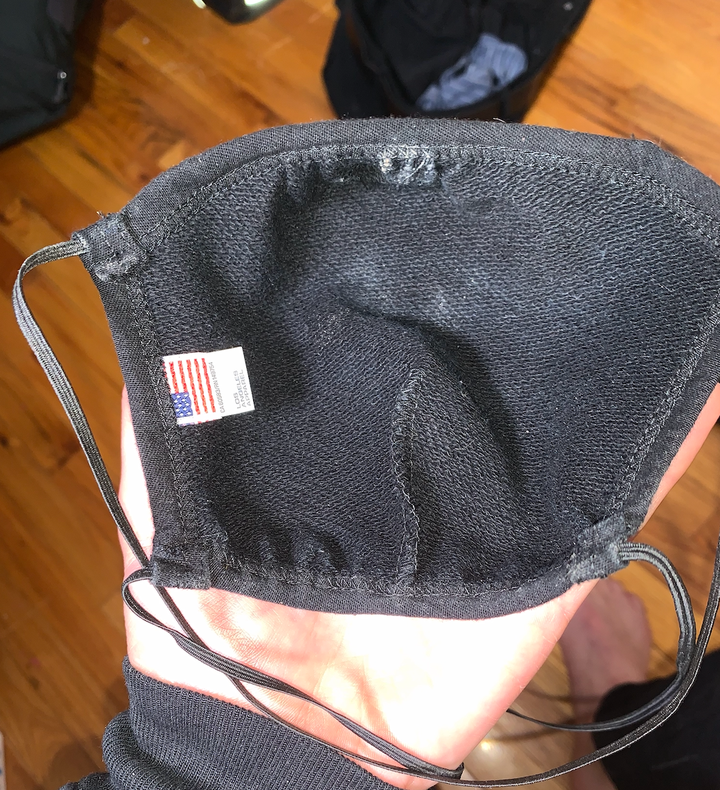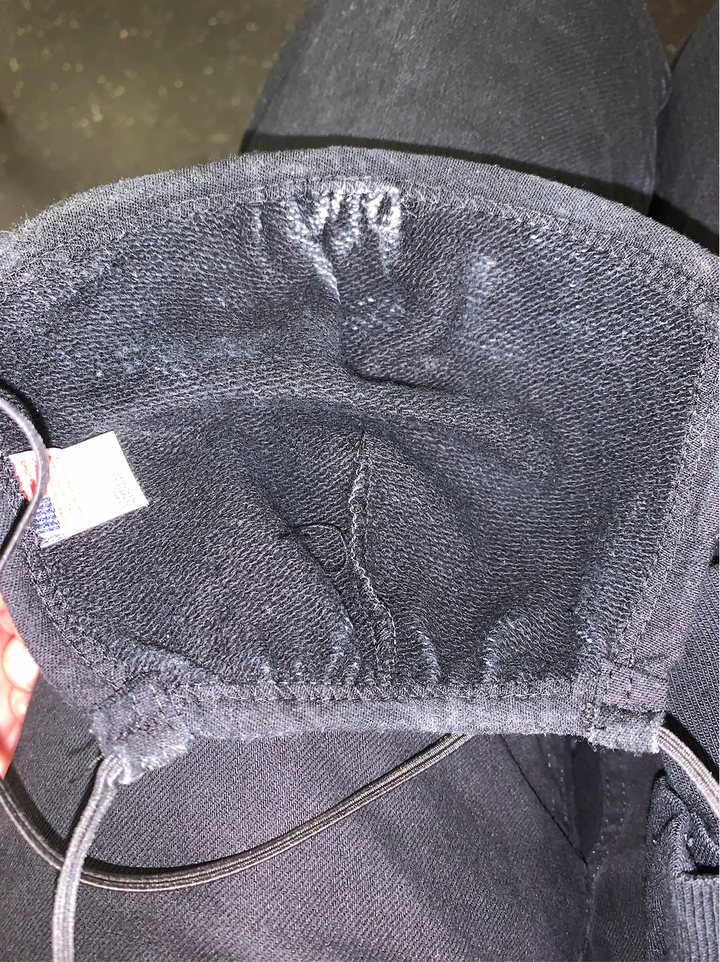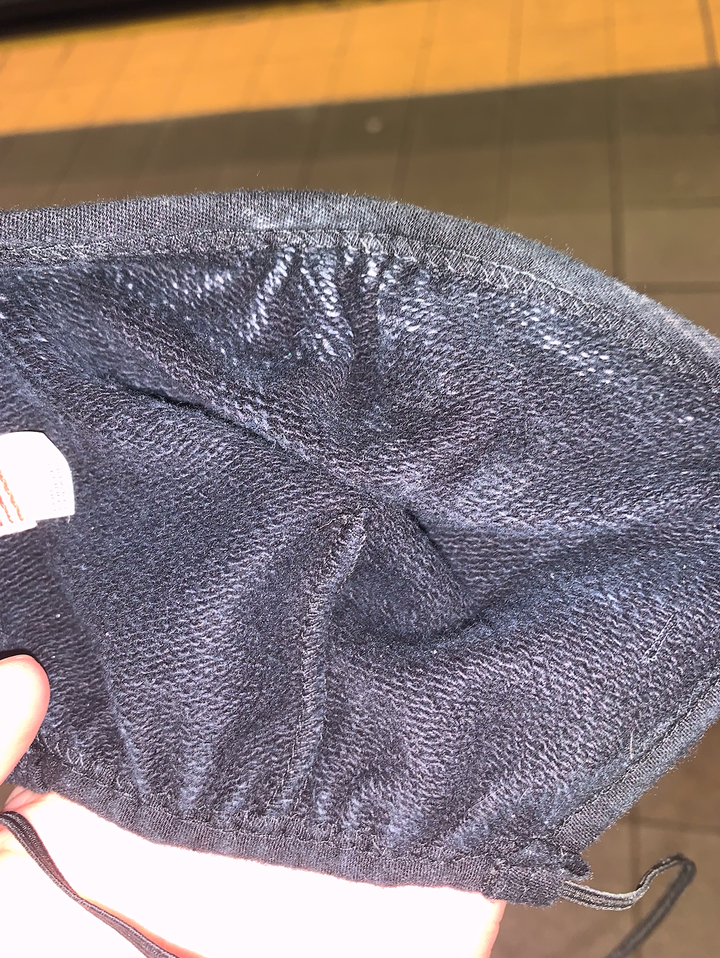For a person who wears makeup, the current mandate to wear a face mask in public can mean one of two things: Don’t wear makeup at all, or be prepared for makeup to move off your face and onto your mask. But are those really the only options?
Not necessarily. Transfer-proofing techniques have been in professional makeup artists’ arsenal for decades, and they’ve only gotten better with the advent of highly powerful sealants and fixing sprays, as well as sophisticated formulas of long-wearing foundation. But if you already have a foundation you like and are not inclined to purchase a professional-grade fixing spray (some of which are almost $50 a bottle), you’re in luck. A range of helpful techniques using products that you likely already have at home can help keep your makeup from transferring to your face mask.
What follows is a trial run of five techniques ― by no means an exhaustive list. For five days, I tried each of these techniques. I used the same skin care routine before each makeup application: I wore a clean black fabric face mask from Los Angeles Apparel for at least five hours each day during this period, which happened to coincide with the outbreak of peaceful protests in New York City in solidarity with Black Lives Matter. I attended some of these protests while wearing full makeup and the mask.
These techniques can be used with any foundation, concealer or powder products you already have. For transparency, I used MAC Cosmetics’ Studio Fix Fluid, Laura Mercier Translucent Powder, Estee Lauder Double Wear Concealer and Urban Decay All Nighter Setting Spray.
Day 1: Jordan Liberty’s Viral Skin Prep
The Technique
This technique, developed by makeup artist Jordan Liberty and popularized on TikTok, is all about creating an oil- and sweat-absorbing base. After doing your skin care routine and applying moisturizer and sunscreen, you are supposed to dust translucent powder all over the face. I recommend waiting about 15 minutes after you’ve applied sunscreen to allow it settle into the skin, especially if you choose to use a thicker variety with zinc or titanium dioxide. Next, apply setting spray; allow it to dry. Then, apply a primer; I chose to use Milk Makeup’s Hydrogrip Primer. Follow with your regular foundation, concealer and powder, and since you need a setting spray to make this technique functional at all, do a final set with that, too.
The Result: Disappointing.

I found this technique kept my makeup looking good for more than five hours of wear with a mask on. However, I think that the result has more to do with the amount of product that it requires you to apply to the skin: much of it can wear off throughout the day, but enough is left behind that what you see in the mirror is still passably good. But when it comes to creating transferproof (or even transfer resistant) makeup, this technique was disappointing.
Day 2: Minimal Foundation And Powder Applied Through A Paper Towel
The Technique
A general piece of advice I’ve encountered as a makeup artist is that less product, strategically applied, makes for not only a better result, but a longer-wearing one. This is especially true when there will be friction between the skin and another surface, a situation with which Sarah Cimino, a theatrical makeup designer, is quite familiar. She designed the makeup for the burlesque Company XIV’s Seven Sins, in which dozens of actors wear masks and face ornaments of all kinds through the show’s seven acts.
“They don’t wear a lot of foundation, and that’s for a couple of different reasons,” Cimino said. “I do think that, especially wearing a mask daily, is going to present a lot of challenges to our makeup but also to our skin.” To minimize that effect, Cimino encouraged a minimal amount of product set with a translucent powder.
Following Cimino’s advice, on Day 2 of my experiment I opted to use only concealer, rather than foundation, because I wanted a little bit more coverage. With this particular formula, a water-resistant one, it wouldn’t have made sense to use a damp beauty blender. To avoid pulling up product with my fingers, I followed Jackie Aina’s advice (repeated in many of her YouTube videos) to let the concealer sit for about 3 minutes. At that point, I blended it out with a flat, synthetic brush.
As an added layer of protection, I used an old lipstick trick from Cimino, with a slight twist. I took a paper towel, pulled the ply into its two thinner parts and held one piece over my face, pressing translucent powder over the paper using a clean latex sponge.
The Result: Much better.

Far less product transferred to my mask this way, with most of the transfer occurring on the nose; with the previous method, there was product transfer around my chin. As there was less product on my skin, I also felt less made-up, and my skin felt less clammy by the end of the day. But that’s to be expected of a technique that does more with less. For the person who wants to wear more product, who isn’t comfortable wearing only a bit of concealer, this technique is a nonstarter.
Day 3: Hairspray
The Technique
I don’t mean to retraumatize anyone with memories of their childhood dance recitals by bringing this technique up, but look: old tricks still work, kind of. For this technique, there is nothing to be done differently from what you normally do, except to take a can of your favorite hairspray, close your eyes and blast a few pumps on your face from about an arm’s length away.
The Result: The worst so far.

This technique was slightly less effective than the previous day’s technique, and this was without having been outside that day for any reason. It’s worth pointing out that my skin was also the most uncomfortable by the end of the day. Given the discomfort and the relatively unremarkable payoff, without even subjecting it to the humidity and heat that day, I rank this technique lower than the others.
Day 4: A Quick Bake
The Technique
“Baking” has taken on an outsize presence in the amateur beauty world in the past few years, and it’s not without reason. The technique involves applying a hefty amount of loose powder over strategic areas of the face, letting it sit (“bake”) for a period of time (anywhere from a few seconds to several minutes) and then dusting it off. The result is usually a much brighter, smoother, longer-wearing application of product. It turns out that it’s also quite effective at resisting transfer.
New York City makeup artist Sharmeen Akther regularly contends with fabric and ornaments around the faces of her clients. Specializing in South Asian bridal hair, makeup and dressing, Akther’s job involves being extremely cautious of the various veils and head coverings that her clients wear during bridal ceremonies and related festivities.
“One of my nightmares is getting foundation or eyeliner on their dress,” Akther said. “And thank God that’s never happened.” She said that in her years of doing South Asian bridal makeup, no client has ever said their makeup has transferred. One might assume Akther relies on a complex technique to make this magic happen. But in fact, she takes the opposite approach.
“I try to use a foundation that’s lightweight,” she said, highlighting Nars’ All Day Luminous formula. She also keeps the baking to an extreme minimum and does it after applying a pressed powder to the entire complexion (Akther personally uses MAC’s Studio Fix Powder). “I’ll literally put on the powder, wait for like 10 seconds, and then I’ll take it off.”
Taking her advice, I applied my regular foundation, set with a pressed powder, and then baked my nose for just a few seconds with a generous helping of translucent powder.
The Result: Good for a short period of time.

This technique was effective at keeping my foundation undisturbed, except for on my nose. It should be noted here, however, that I had spent a long afternoon marching through Brooklyn on what was a hot and sunny day. But even under those conditions, no makeup from the areas around my mouth or on my cheekbones transferred onto the mask. That said, for the makeup-wearer who will be wearing their mask on a short commute or to run an errand, I recommend this technique. This is especially true for someone who would like to use the fewest amount of products possible. All it takes is loose powder.
Day 5: Setting Spray Into Foundation
This is another resourceful technique that doesn’t demand too many extra steps, products or sometimes hard-to-execute activities like covering your face with tissue. In my experience, the only tool you really need is a fluffy foundation brush ― something rounded that will lend itself well to buffing.
After doing your skin care, load your brush with a bit of your foundation and then spray the fibers with your setting spray. Apply the product and work it in quickly: In my experience, the setting spray will cause the product to dry much faster than usual. I don’t recommend using a sponge for this technique; it will absorb the setting spray. Once your foundation is applied, follow with your setting powder and setting spray.
The Result: Winner!

This was, all around, the most effective technique. There was admittedly still transfer on my nose, but even that was less than with the other techniques, which is especially impressive. While testing this technique, I had my longest day of protesting yet, in terms of both time spent and miles walked. Given those conditions and the simplicity of the technique, this is my top recommendation.
But as a caveat to that recommendation, consider that I’ve subjected all of these techniques to a particularly intense trial. For anyone who will be wearing a mask for a short amount of time ― say, to walk the dog, take a trip to the store or even to find a place in the park for a socially-distanced day in the sun ― any one of these techniques will be sufficient.
It’s also important to keep in mind that makeup is ultimately a matter of optics, not physics. There is only so much you can do to limit transfer if you are removing your mask aggressively, or if it fits too tight on the face.
